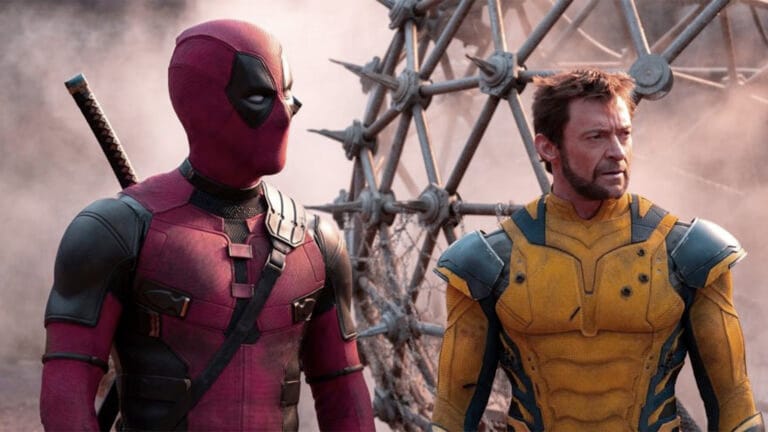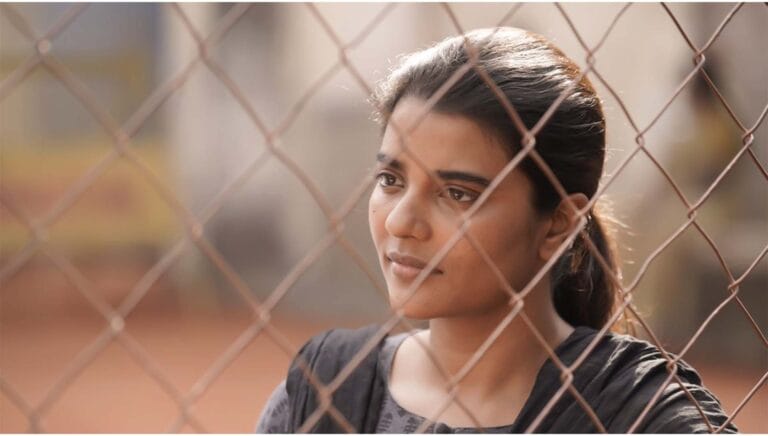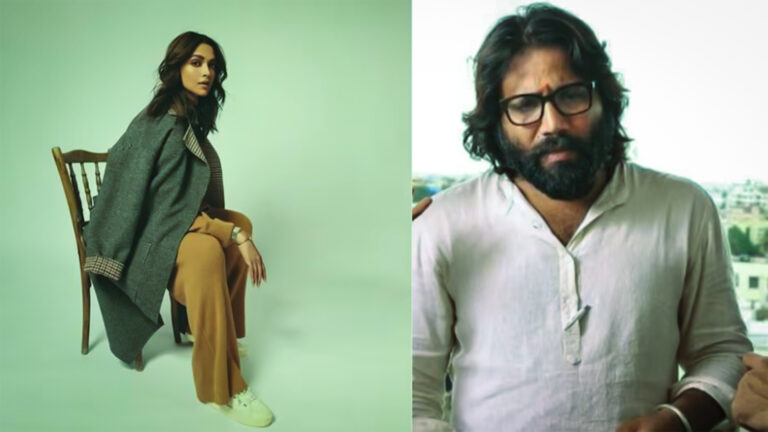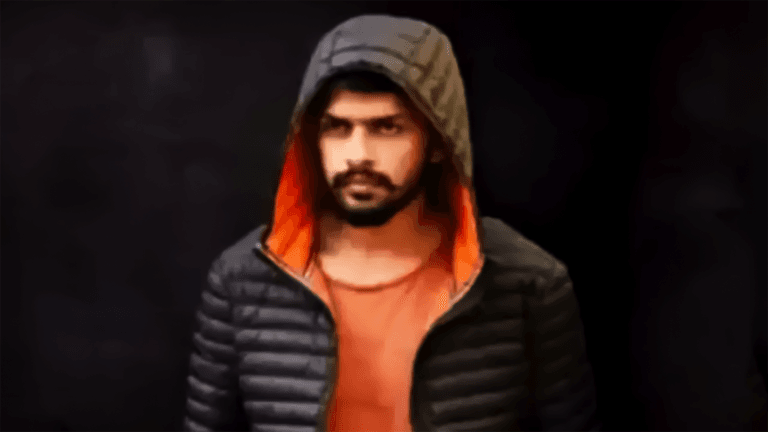Review of Inside Out 2: Another Story Your Inner Child Would Love
Analysis of Inside Out 2: Another Story Your Inner Child Would Love
Inside Out 2: Another Story Your Inner Child Would Love Review
Pixar movies have a habit of making us sentimental and loving. During the weekend, I opened Hotstar. I chose to stream Inside Out as I had not seen the film since I was a youngster. By the end, I wanted Kleenex after considering its message about the importance of unpleasant emotions and smiling at its creativity.
Observing Riley, 11-year-old, relive some much-needed emotions made me understand the value of a sequel. Will Inside Out 2 as much as its predecessor move the viewers to tears?
Though it did not arouse the same strong emotional response in me as the first one, this movie won me over with its poignant narrative, comedy, and amazing visuals. Riley’s mind is returned to in the sequel, which also brings in new feelings related with puberty. Riley is 13 now, and her headquarters still carry the OG feelings of Joy ( Amy Poehler) Sadness (Phyllis Smith), Fear ( Tony Hale, who replaced Bill Hader), Anger (Lewis Black), and Disgust (Liza Lapira). Riley is still hockey-playing and starting to show early cat-related features.
Her plans for high school are shelved when she gets some unanticipated news on her way to hockey camp.
One of the new emotions that mix with Joy and her expressive crew is anxiety (voiced by Maya Hawke), an orange ringleader with huge eyes and wild hair.
Riley only needs to realize that anxiety can enable her to leave a situation Joy only made worse before deciding she needs more of herself and less of the first five emotions.
Under the effect of worry, teenage Riley shrinks to fit among the older hockey players, especially the top player Valentina. She removes herself from her closest friends, hides her passions, eats inedible protein bars, but she finds acceptance and friends on the hockey rink.
Reflecting the core of the original movie, Inside Out 2’s plot sets the group on a trip back to headquarters to save Riley.
Though Riley’s secrets are held in a prison-like place in the rear of her mind, where Joy has been dumping a lot of Riley’s terrible memories, nothing compares to the surprise of first discovering Riley’s complex cosmos. The interference of Joy and Anxiety really affects their athletic, blond host.
Early on Riley introduces an interesting new setting element—her belief system. It refers to her identification, which is a system of overlapping, glowing hoops in headquarters.
The story revolves on this statement piece just as much as on the basic memories that preceded it.
One of the new hires, Envy, a small, turquoise-blue monster, is fast to inspire Anxiety, which Edibiri plays. Paul Walter Hauser’s character, Embarrassment, is shy,
Rose-colored monster while Adèle Exarchopoulos plays Ennui, a navy, phone-obsessed character with a chic haircut that captures the youthful version of boredom/indifference parents would be familiar with. Once more, the acts of the characters reveal comedy: His too-small sweater constricted with shame, and his energy drinks hammered with anxiety.
Though I could have have used more of the scarcely present Ennui, the sequel features more of Sadness, whose fondness of slapping down on hard surfaces never ages. A few appearances later, Pouchy—a goofy new sidekick-like character that mimics Dora the Explorer’s backpack—has the ability to make viewers laugh just as hard as Inside Out’s fictitious companion Bing Bong made them cry.
Inside Out 2 boasts incredible visuals. The way the solid-colored cartoon figures were animated made me often wonder if they could suddenly explode off the screen. Joy and Anxiety have the most fascinating conversations as they debate what they think Riley would benefit from. While worry wants Riley ready for everything that might go wrong, joy has been blissfully disregarding her traumatic memories. Of those, neither could be the solution.







